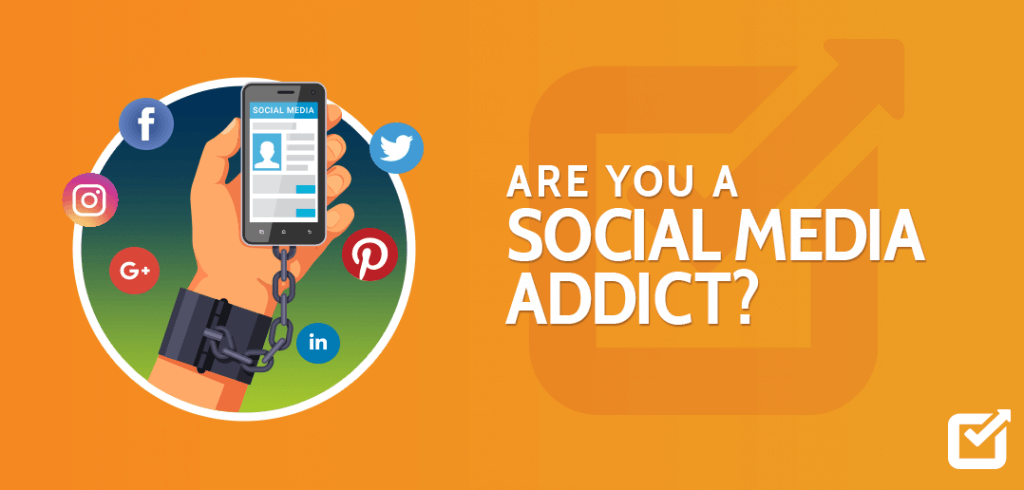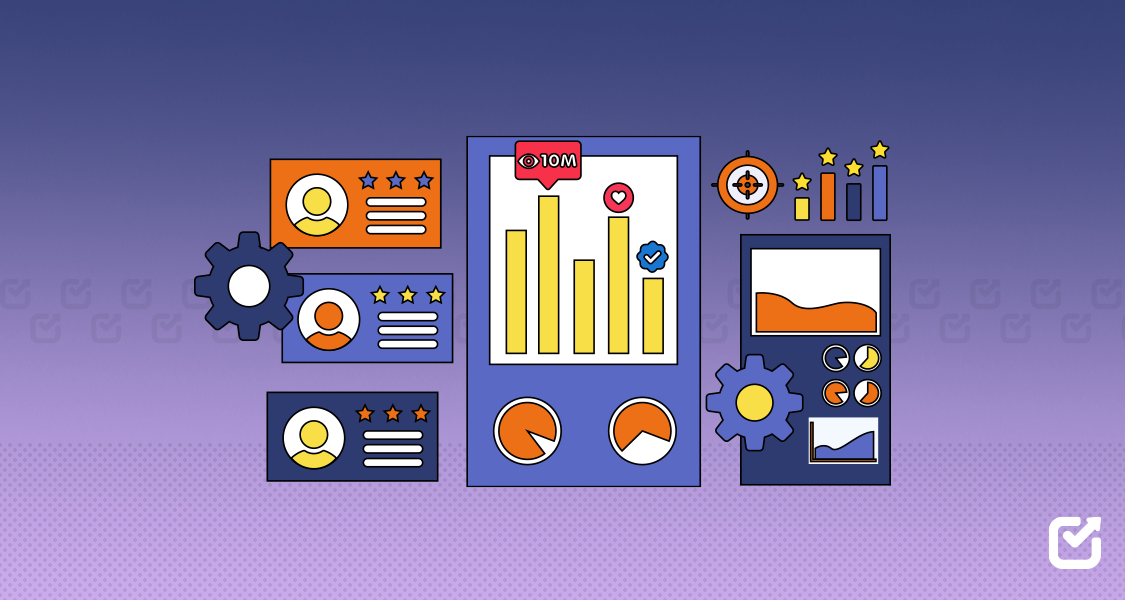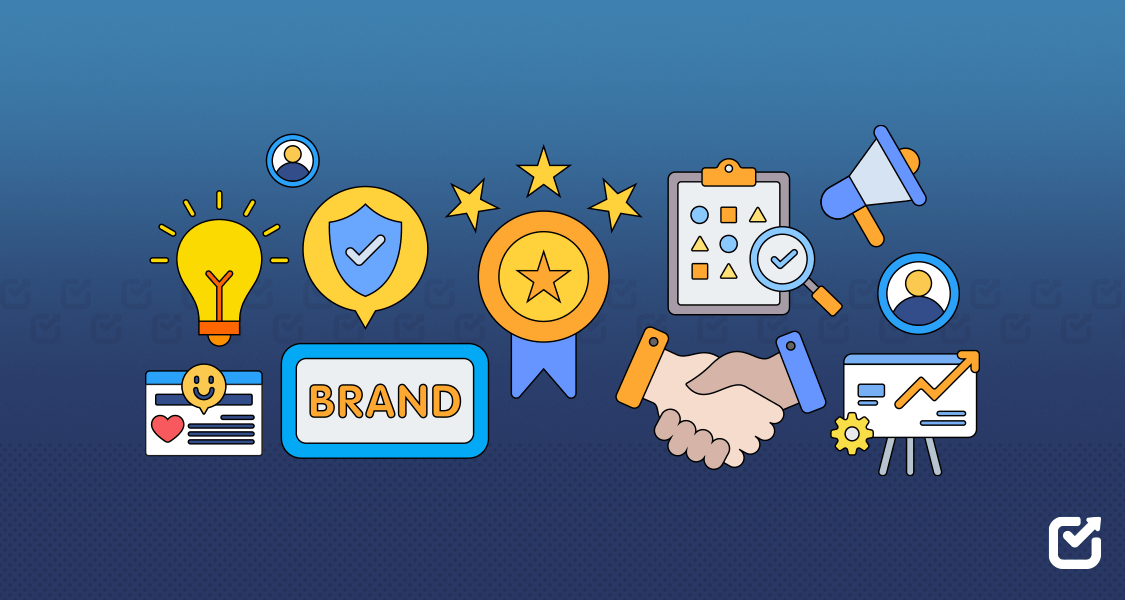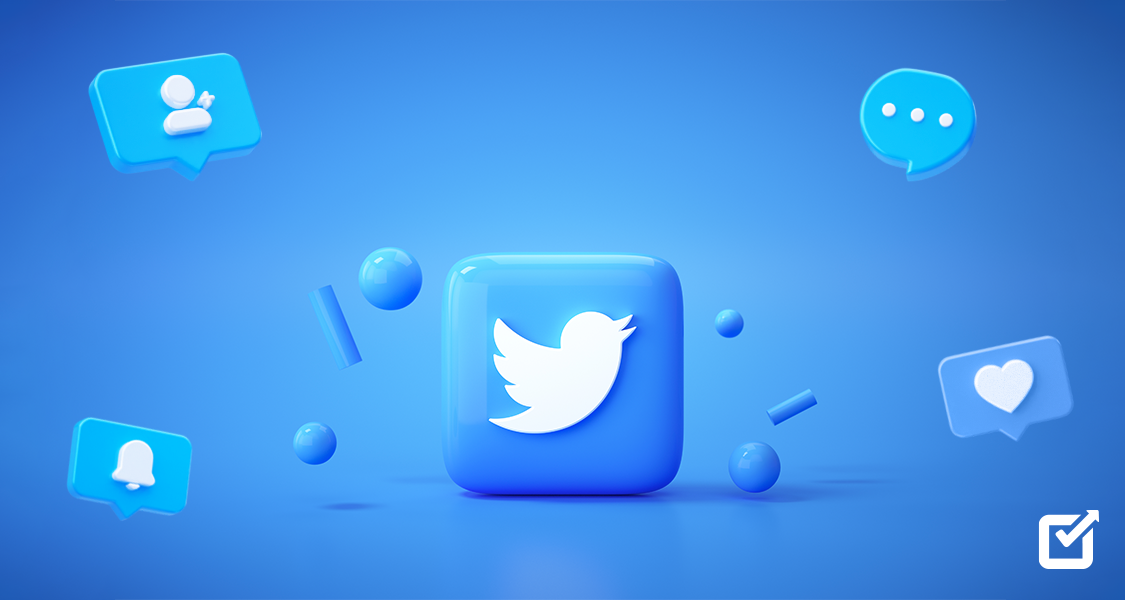Social media has become one of the most dominant forces in modern life, shaping how people communicate, consume information, and perceive the world around them.
But as platforms compete for users’ attention, social media usage has evolved from casual interaction into compulsive behavior for many.
In 2025, social media addiction is now recognized as a public health concern, with alarming trends documented across all age groups and regions.
This growing dependency has led individuals and businesses alike to rethink their relationship with these platforms.
Many are turning to social media management tools to set boundaries, streamline usage, and avoid the constant pressure to stay online.
This comprehensive analysis presents the latest statistics on social media addiction, examining its prevalence, demographic impact, and psychological effects.

Burned Out by Social Media?
Automate your posts, set clear schedules, and take back control with Social Champ.
Short Summary
- Social media addiction is driven by features like algorithmic content, infinite scroll, and reward systems, with TikTok, YouTube, and Instagram being the most time-consuming platforms.
- Teenagers and young adults are the most affected age groups, with early exposure also rising among children under 12.
- Gender plays a role in usage patterns: females often experience anxiety and self-comparison, while males are more prone to compulsive content consumption, particularly around gaming and video platforms.
- Countries with widespread digital access report the highest addiction rates, while developing regions are seeing rapid increases in usage among youth.
- Excessive social media use is linked to mental health issues such as anxiety, depression, sleep disruption, and low self-esteem, particularly during adolescence.
How Widespread Is Social Media Addiction in 2025?
As of 2025, social media addiction affects over 210 million people globally.
In the United States, approximately 30 percent of users self-identify as addicted to social media.
These figures reflect more than just excessive usage.
Social media addiction is defined by symptoms including compulsive checking, anxiety when not connected, and disruption to daily life.
With over 5 billion people worldwide using social media, an increase from 4.62 billion in 2022, the scale of the issue continues to grow annually.
Global Usage Patterns
- The average global user now spends 2 hours and 20 minutes daily on social media platforms.
- Approximately 2 billion active users utilize social media platforms such as Facebook, Instagram, and WhatsApp.
- In the U.S., 7 in 10 adults use at least one social media platform every day.
This upward tick in time spent online contributes directly to the rise in addiction-like behaviors.
`Featured Article: Social Media for Travel Agents: Proven Ideas to Get More Bookings
Demographic Breakdown: Who Is Most Affected by Social Media Addiction?
Social media addiction is a widespread issue that cuts across many demographics, but certain age groups, genders, and geographic regions display particularly high levels of vulnerability.
Understanding these patterns is crucial for developing targeted prevention and intervention strategies.
Age Groups
Among all demographics, teenagers aged 13 to 17 are the most heavily impacted by social media addiction.
- Research shows that teens spend an average of 8.7 hours per day on screens, and nearly half of this time is devoted to social media platforms.
The teenage brain, still in development, is highly responsive to dopamine-driven feedback systems such as likes, comments, and notifications.
This makes them particularly susceptible to platforms that offer continuous and variable rewards, leading to compulsive checking and difficulty disengaging.
- Young adults aged 18 to 24 also show strong signs of dependence.
Around 82% of this group reports engaging daily on social media platforms.
This behavior reflects not just habit, but a deep psychological attachment to digital connectivity.
Social media often plays a central role in their social life, academic environment, and personal identity development, making them highly vulnerable to its addictive qualities.
- Even children under the age of 12 are increasingly being drawn into the world of social media through platforms like YouTube Kids, gaming apps, and child-friendly versions of Instagram and TikTok.
Although they are not the heaviest users in terms of time spent, their early exposure raises serious concerns about long-term dependency and the development of addictive behaviors before critical thinking and emotional regulation skills are fully developed.
Gender Differences
Gender also plays a significant role in how social media addiction manifests.
- Females, particularly adolescent and young adult women, are more likely to engage in emotionally driven usage.
Platforms such as Instagram and Pinterest, which emphasize visual content and social validation, tend to amplify feelings of self-comparison and anxiety.
This can contribute to issues like low self-esteem, body image concerns, and a cycle of compulsive engagement in search of validation.
- On the other hand, males, especially younger men, show different patterns of addiction.
They are more likely to be drawn to platforms like YouTube and Reddit, where content consumption can easily lead to prolonged usage through autoplay features, endless content loops, or participation in gaming and hobbyist communities.
Their usage is often less socially driven and more centered around entertainment, gaming culture, and information seeking, but can still result in compulsive behaviors.
Geographic Trends
Geographic location also influences social media addiction trends.
- Countries with widespread access to smartphones, fast internet, and digital literacy, such as the United States, the United Kingdom, and Canada, report some of the highest levels of social media dependency.
In these regions, digital culture is deeply integrated into daily life, with many users experiencing anxiety when disconnected.
- Meanwhile, developing countries in Southeast Asia, including India and Indonesia, are experiencing a rapid surge in social media use.
As access to affordable smartphones and the internet improves, young people in these regions are increasingly engaging with platforms like TikTok, Facebook, and WhatsApp.
Although overall screen time may still lag behind Western countries, the speed at which these behaviors are intensifying suggests a growing concern around early-stage addiction patterns in these populations.
These demographic insights underline the importance of creating age-specific, gender-aware, and culturally sensitive approaches to mitigating the risks of social media addiction.
Interventions should consider not just the amount of time spent online, but also the emotional, social, and psychological factors that drive compulsive use.
Social Media Addiction Statistics by Platform
Social media platforms differ in how they engage users, but the most addictive ones share specific design elements that keep people hooked: algorithmic content delivery, infinite scrolling, and reward-based interactions.
These features make it difficult for users to stop, even when they intend to take a break.
TikTok
TikTok leads in average daily usage, with users spending about 95 minutes per day on the app.
Its short-form video format, endless scrolling, and highly personalized algorithm create a powerful loop that keeps users engaged.
Especially among Gen Z, the platform has shown signs of high addiction levels.
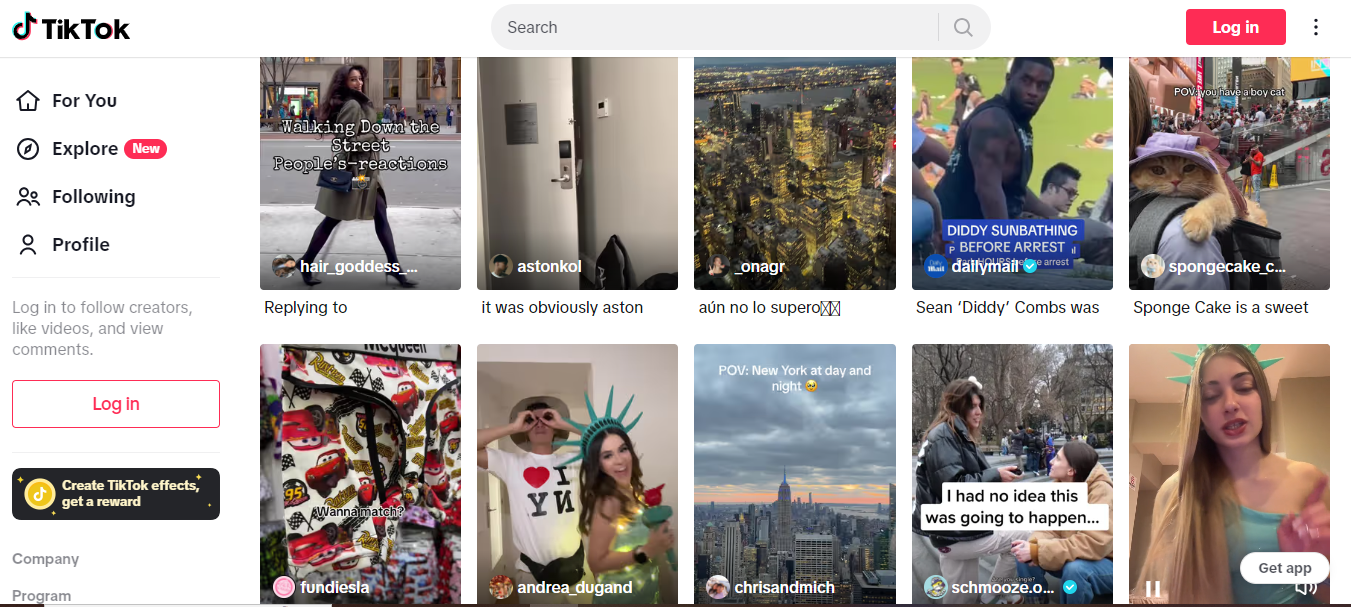
Since its launch in 2010, Instagram has deeply integrated itself into the lives of younger generations.
Today, more than half of millennials and around two-thirds of Gen Z actively use the platform.
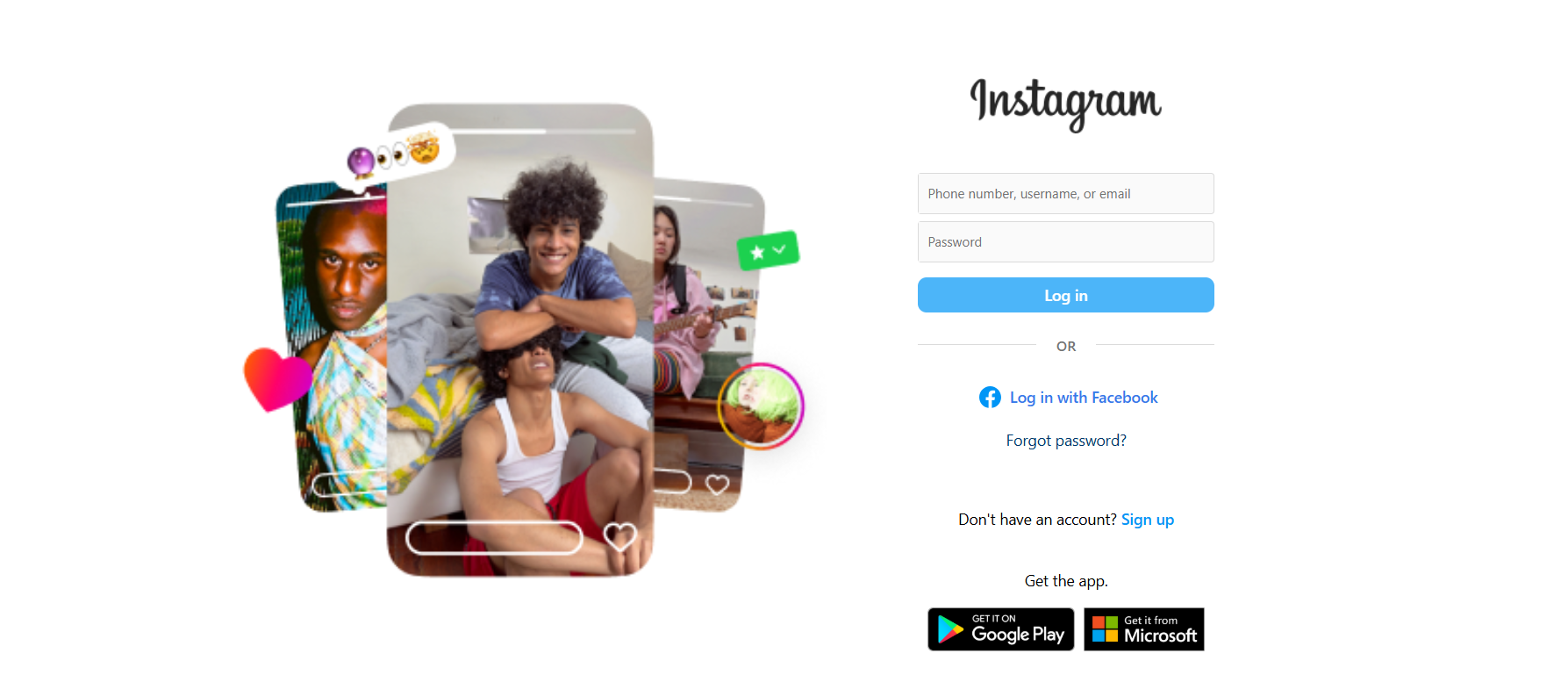
The platform encourages constant interaction through features like Reels, Stories, and engagement metrics such as likes and comments.
These elements create a validation feedback loop, prompting users to return frequently to check for reactions to their posts.
Facebook sees about 58 minutes of daily usage.
Its addictive pull comes from curated news feeds, memory reminders, and constant notifications that aim to spark emotional responses and nostalgia, encouraging users to stay connected.
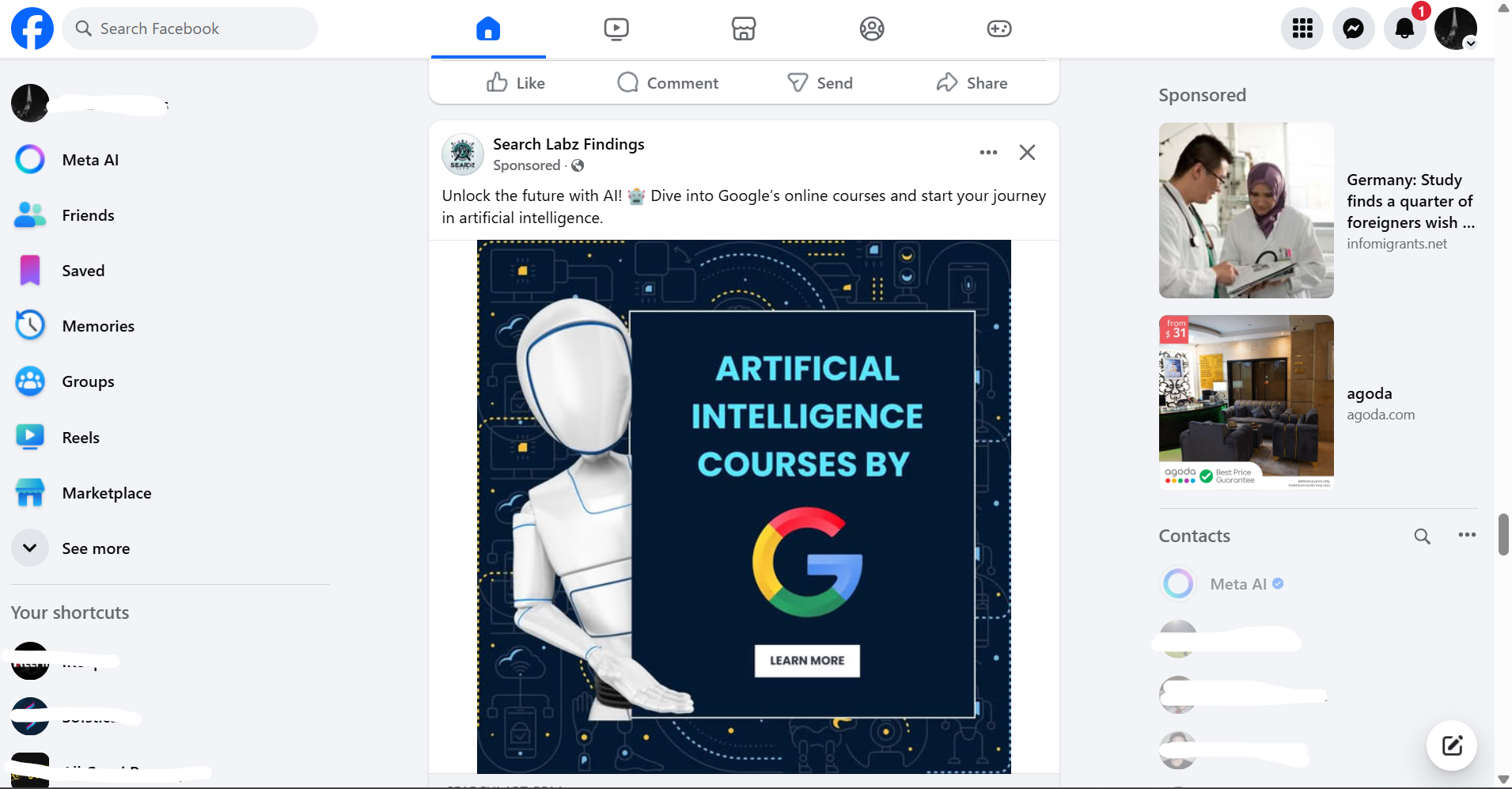
Snapchat
Snapchat users spend an average of 30 minutes daily.
The app’s design centers on disappearing messages, Snap streaks, and regular push notifications, which create a sense of urgency and habit.
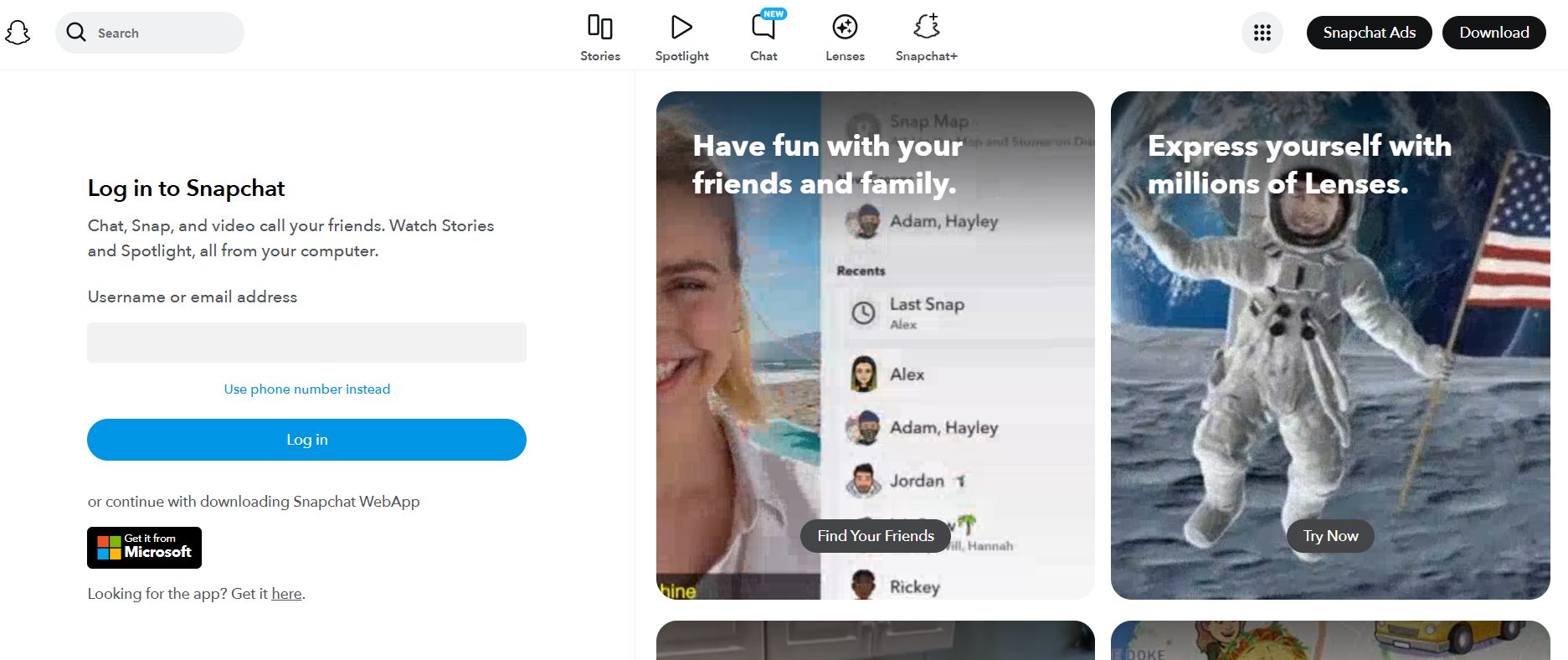
These features appeal particularly to younger audiences who value real-time and fleeting communication.
YouTube
The average time spent on YouTube in 2024 was around 48.7 minutes per day.
While it hosts longer content, its autoplay feature and algorithmically suggested videos make it easy to spend hours watching.
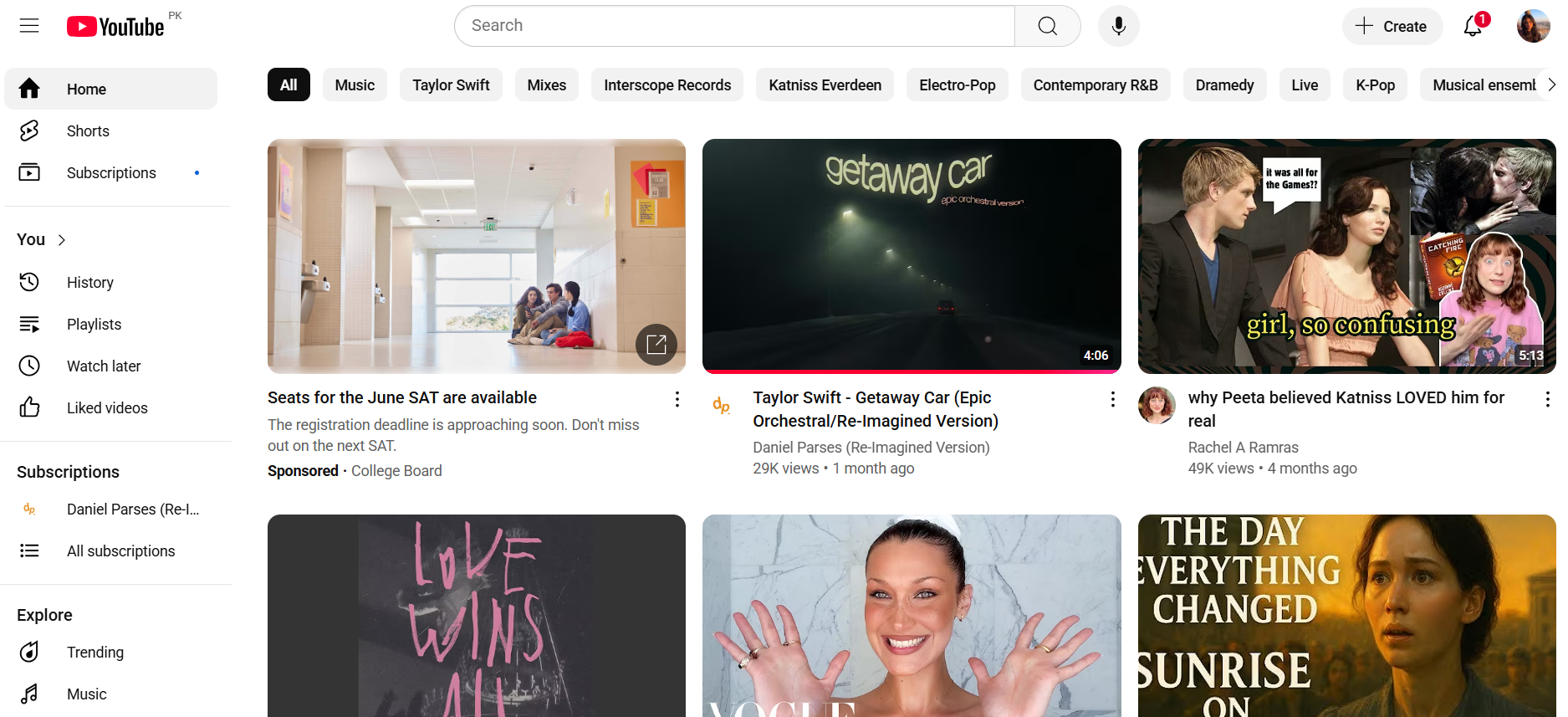
The platform combines short and long-form videos, keeping users within its ecosystem longer.
Twitter/X
Twitter (now X) sees the least average daily usage among these platforms, at 6 minutes.
It fosters addiction through real-time updates, trending topics, and ongoing debates.
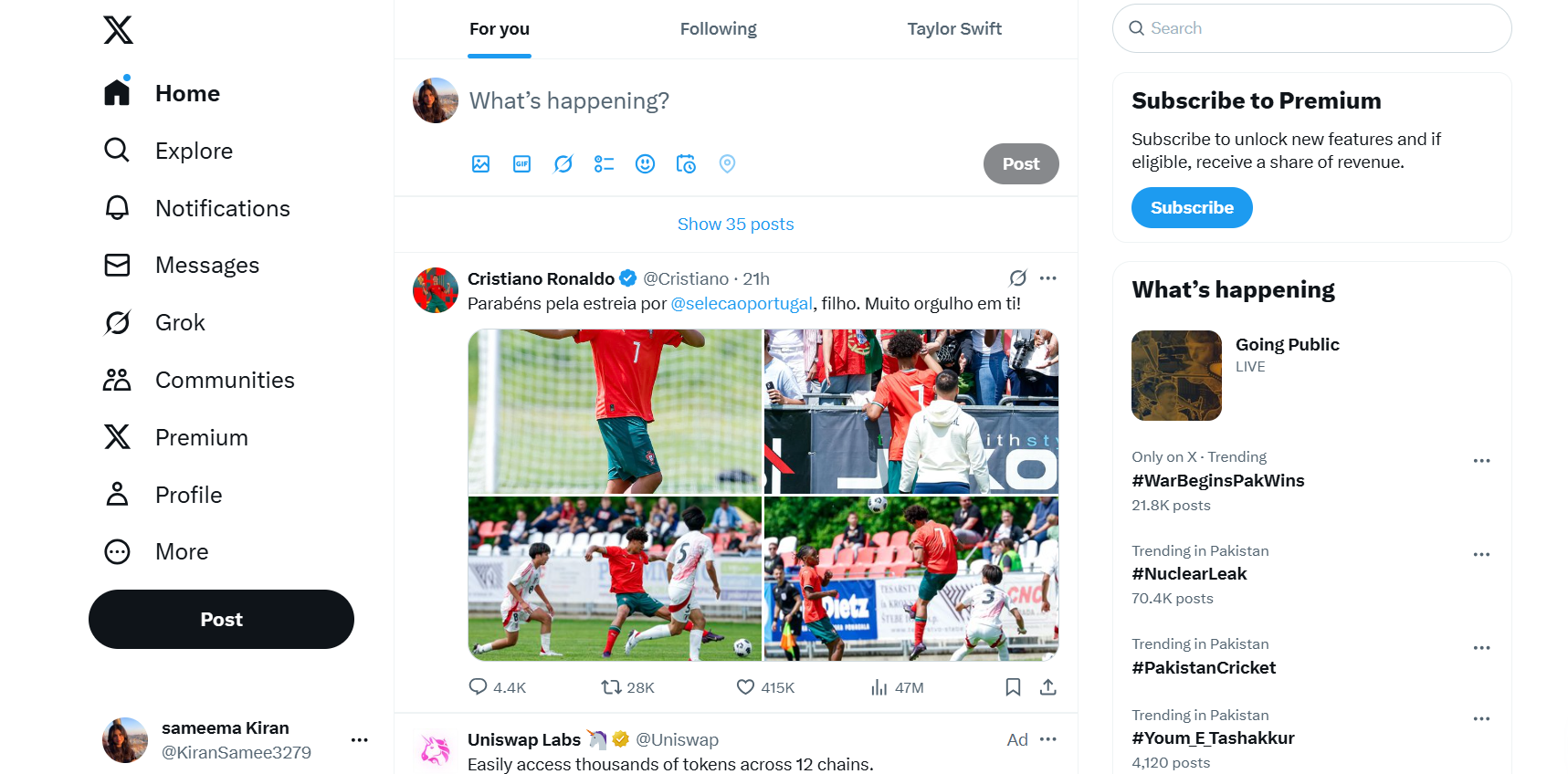
While its design is less immersive than others, the constant stream of information keeps users returning for the latest news and opinions.

Too Many Platforms, Not Enough Time?
Juggling Instagram, Facebook, Twitter, and more shouldn’t eat up your day. Manage them all from one place with Social Champ.
Mental Health Impacts Linked to Social Media Addiction
Excessive use of social media has been increasingly linked to a variety of mental health challenges.
While these platforms can offer a sense of connection and community, they also carry significant psychological risks, especially when usage becomes compulsive.
Anxiety & Depression
One of the most commonly reported effects is an increase in anxiety and depression.
People who spend large amounts of time on social media are significantly more likely to experience symptoms such as persistent sadness, low mood, and heightened stress.
Constant exposure to curated, idealized portrayals of others’ lives can lead to feelings of inadequacy and loneliness, particularly among young users.
Sleep Disruption
Sleep disruption is another widespread issue.
Many heavy users report difficulty falling asleep, often staying online late into the night.
The combination of bright screen exposure and mental overstimulation from endless scrolling can interfere with the body’s natural sleep cycle, leading to fatigue and reduced concentration during the day.
Broken Self-Esteem
Social media also has a strong impact on self-esteem and body image, especially on platforms focused heavily on appearance and lifestyle.
Teenagers, in particular, may compare themselves to influencers or peers, leading to feelings of self-doubt or dissatisfaction with their bodies and lives.
These effects are especially pronounced during adolescence, a time when individuals are still developing their identity and are more emotionally sensitive.
Emotional Dysregulation
Frequent comparison with others online can also lead to emotional dysregulation, making it harder for young users to manage their feelings in real life.
It often distracts from academic and personal responsibilities, contributing to declining focus and motivation.
Featured Article: How to Use Instagram Branded Content for Businesses in 2025
Recognizing the Signs: Is Social Media Addictive?
Behavioral addiction to social media operates similarly to substance-related addictions.
Users may experience short-term gratification through engagement (likes, comments, shares) but suffer long-term psychological and social consequences.
Behavioral Indicators of Addiction
- Compulsive Use: Frequent checking of social media even when it interferes with work, school, or face-to-face interactions.
- Withdrawal Symptoms: Feelings of irritability, anxiety, or sadness when unable to access social media.
- Loss of Control: Unsuccessful attempts to cut back or regulate usage.
- Neglect of Responsibilities: Deterioration in performance at work or school due to preoccupation with online activity.
- Escapism: Using social media to avoid real-life problems, emotions, or conflicts.
Recognizing these warning signs is the first step toward making informed changes to digital habits.
Managing Social Media Use With Tools Like Social Champ
Managing social media usage in a digital-first world requires planning and the right tools.
Social Champ is a platform designed to promote healthy social media management by reducing unnecessary screen time and enabling efficient scheduling.
Key Features of Social Champ
- Post Scheduling: Allows users to publish content automatically, eliminating the need for constant app engagement.
- Performance Analytics: Offers insights into engagement patterns, helping users identify overuse or ineffective strategies.
- Team Collaboration: Useful for businesses to delegate tasks and avoid burnout in social media teams.
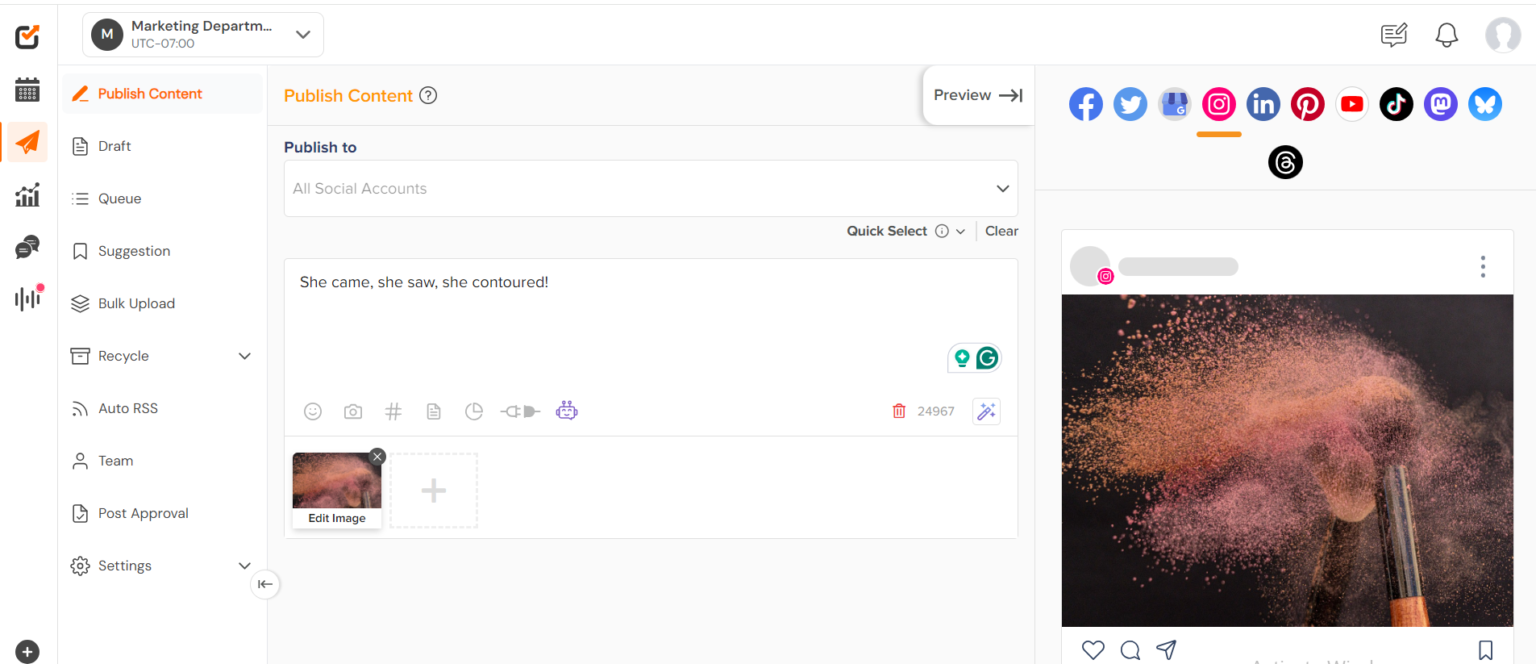
By using such tools, individuals and professionals can maintain an online presence without succumbing to addictive behaviors.

Want to Stay Active Without Staying Online?
You don’t need to be glued to your phone to stay visible. Plan and automate your posts with Social Champ effortlessly.
Conclusion
Social media has revolutionized the way people interact and access information.
But its design, focused on capturing attention and fostering engagement, has also led to widespread behavioral addiction.
The 2025 statistics are clear: social media addiction is real, and it affects hundreds of millions across the globe.
Understanding the scope of the issue, recognizing the signs, and implementing practical strategies, such as using tools like Social Champ, can empower individuals to regain control.
Whether you’re a parent, educator, business owner, or everyday user, taking proactive steps today can lead to improved mental health and a more balanced digital life.
